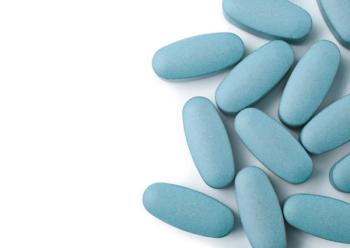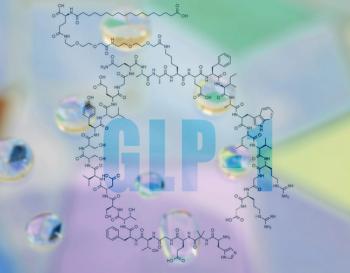
|Slideshows|December 4, 2019
Bipolar Update: Shared Brain Abnormalities and Common Comorbidities
Author(s)Leo Robert
A summary of some of the latest findings in bipolar disorder research.
Advertisement
Newsletter
Receive trusted psychiatric news, expert analysis, and clinical insights — subscribe today to support your practice and your patients.
Advertisement
Latest CME
Advertisement
Advertisement













